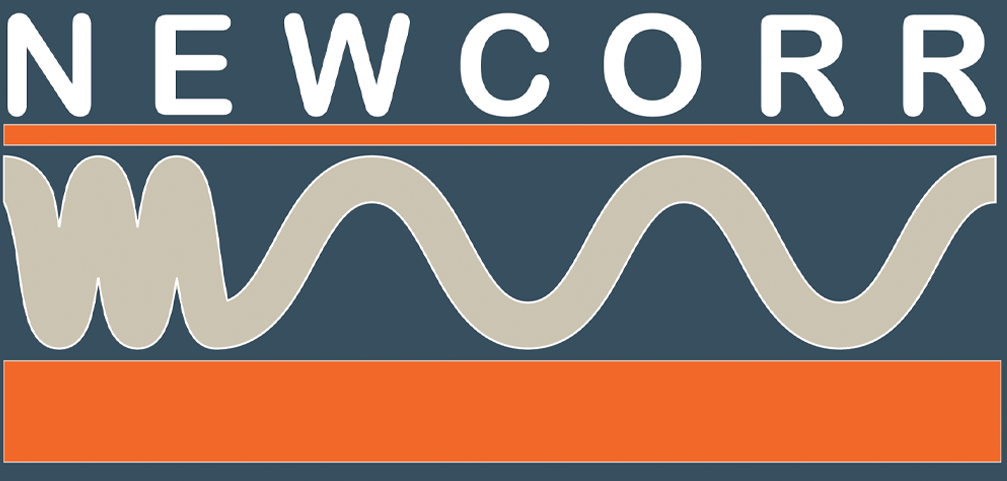the history of corrugated material
The history of corrugated dates back to more than a century ago. Corrugated was born from a new paper usage and from the increasing necessity to pack and protect goods. Thanks to its basic raw materials, and despite considerable changes, modern corrugated packaging is not so different than that of our great grandfathers. This ingenious construction is and will remain profitable, modern, and innovative.
In 1856 two Englishmen, Healey and Allen obtained a patent for the first known use of corrugated. The paper was fed through a very simple hand machine made of 2 fluted rolls. The result was a nice fluted paper used as the lining in hats. The first use of corrugated paper for packaging was by an American man, Albert L. Jones who obtained a patent for the use of corrugated paper for wrapping fragile items such as bottles.
Paper had been around for thousands of years, but it was only in 1856, that two Englishmen, Healey and Allen, had the idea for the first known use of pleated paper – as a lining for men’s top hats. Their patented fluted material for sweatbands was produced by feeding the paper through a very simple hand machine made of 2 fluted rolls.
How is corrugated made? Corrugated board is made from a combination of two sheets of paper called «liners» glued to a corrugated inner medium called fluting. These three layers of paper are assembled in a way which gives the overall structure a better strength than that of each distinct layer.This ingenious construction forms a series of connected arches which are well known for their ability to support strong weights. This structure gives corrugated board considerable rigidity and resistance. The air circulating in the flutes also serves as an insulator which provides excellent protection against temperature variations. There are many types of corrugated, each with different flute sizes and profiles which offer many combinations designed to create packaging with different characteristics and performances. Corrugated board is then cut and folded into an infinite variety of shape and sizes to become corrugated packaging. Corrugated is a high performance packaging material designed to pack, protect and promote products.
Timeline of Corrugated Materials
1856: Two Englishmen, Healey and Allen, obtained a patent for the first known use of corrugated (pleated paper). The paper was fed through a simple hand machine made of 2 fluted rolls, resulting in a neat fluted paper used to line men's tall hats.
1871: The first use of corrugated paper for packaging was by an American man, Albert L. Jones who obtained a patent for the use of corrugated paper for wrapping fragile items such as bottles.
1874: Again in the United States, Olivier Long patented the concept of adding a liner to one side of the corrugated paper to strengthen it.
1881: Some US manufacturers considered as the corrugated pioneers acquired the patents covering this new packaging concept. Robert H. Thompson (from Thompson and Norris USA) obtained the patent for a single wall corrugated board. His company developed the first mechanically-driven single-facer (one-liner) which was then used by the first 3 European Corrugators board plants in Europe.
- 1883 in London (UK)
- 1886 in Kirchberg (Germany)
- 1888 in Exideuil-sur-Vienne (France)
1895: Independent equipment producers enter the corrugated business production. The first known continuous corrugator was developed by Jefferson T. Ferres of the Sefton Manufacturing CO.
1903: A cereal producer used for the first time a box made of corrugated board single wall and corrugated was approved as a valid shipping material.
1909: Rubber printing plates were developed.
1910's: Corrugated production gained significant speed during 1910. The benefits of corrugated packaging started to be understood and its expansion followed the rapid growth of a nationwide railroad network.
1916: Production of the first double-wall first produced by the Sefton Manufacturing Company in Kokoma (Indiana).
1935: Thanks to the company Stein Hall’s developments on starch, heat could be applied at the glue line this technique permitted to create an instant bond.
1952: FEFCO – The European Federation of Corrugated Board Manufacturers, was constituted.
1960's: Invention of the flexo folder-gluer.
Late 1980's: Developments in anilox rolls, plates, and press allowed shorter production runs and improved graphics.
